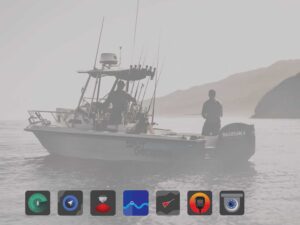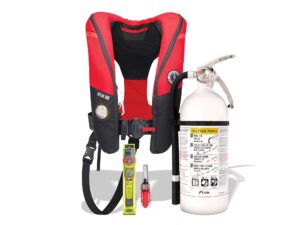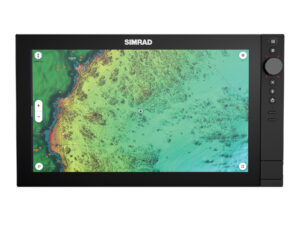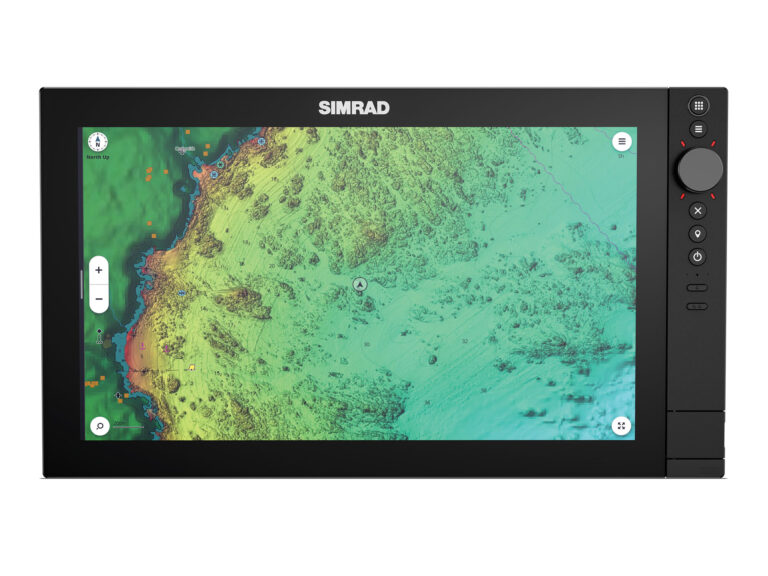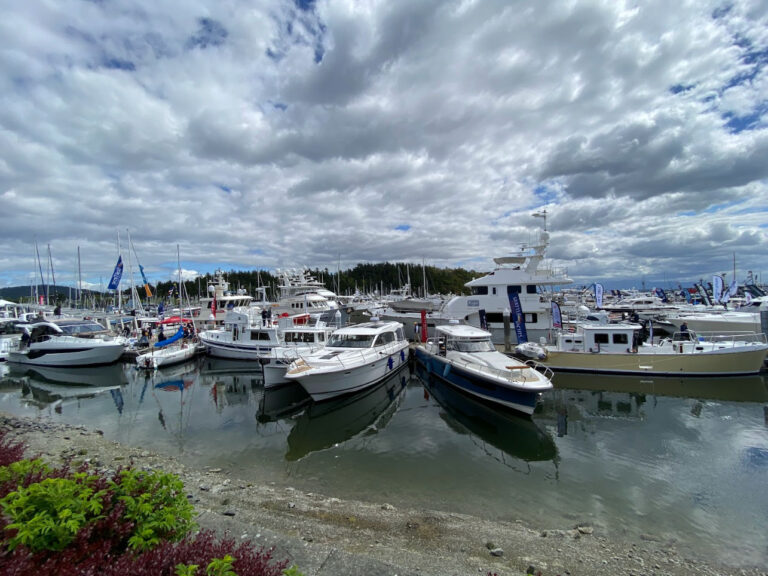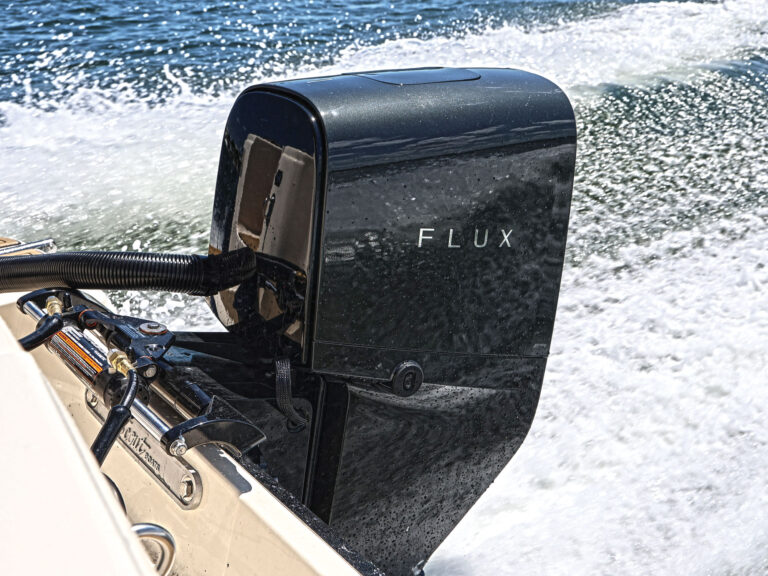VHF radios have long been the “go to” communication device for boaters, allowing users to communicate with fellow boaters, contact marinas and gas docks, and call for help in an emergency. Convenient, affordable handheld models have only increased the VHF radio’s versatility.
Here are three things to look for when considering a handheld VHF radio.
Make Sure It’s Waterproof…And Floats!
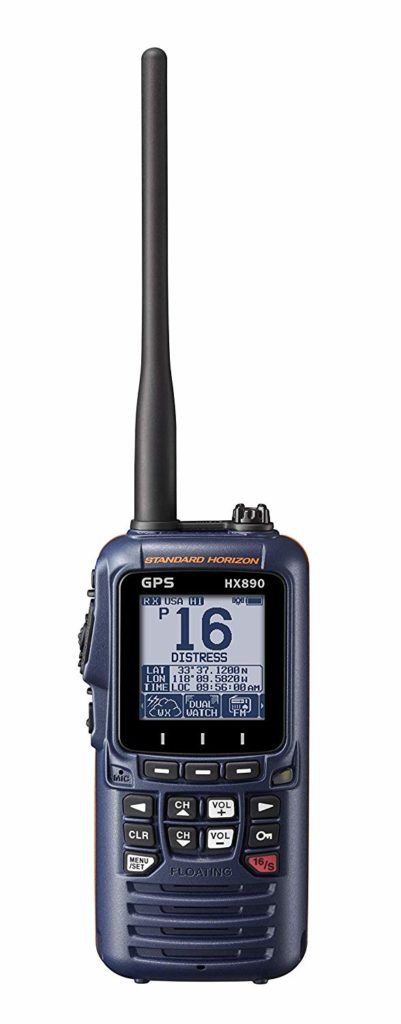
Rain, waves, an ill-timed fumble overboard, all are reasons your handheld VHF should be not just water-resistant but waterproof. Look for the IPX7 standard, which certifies the radio is rated to withstand heavy splashing, rain and short durations in the water. And make sure it floats!
Screen Must Be Easily Viewable In Daylight…And Battery Should Last
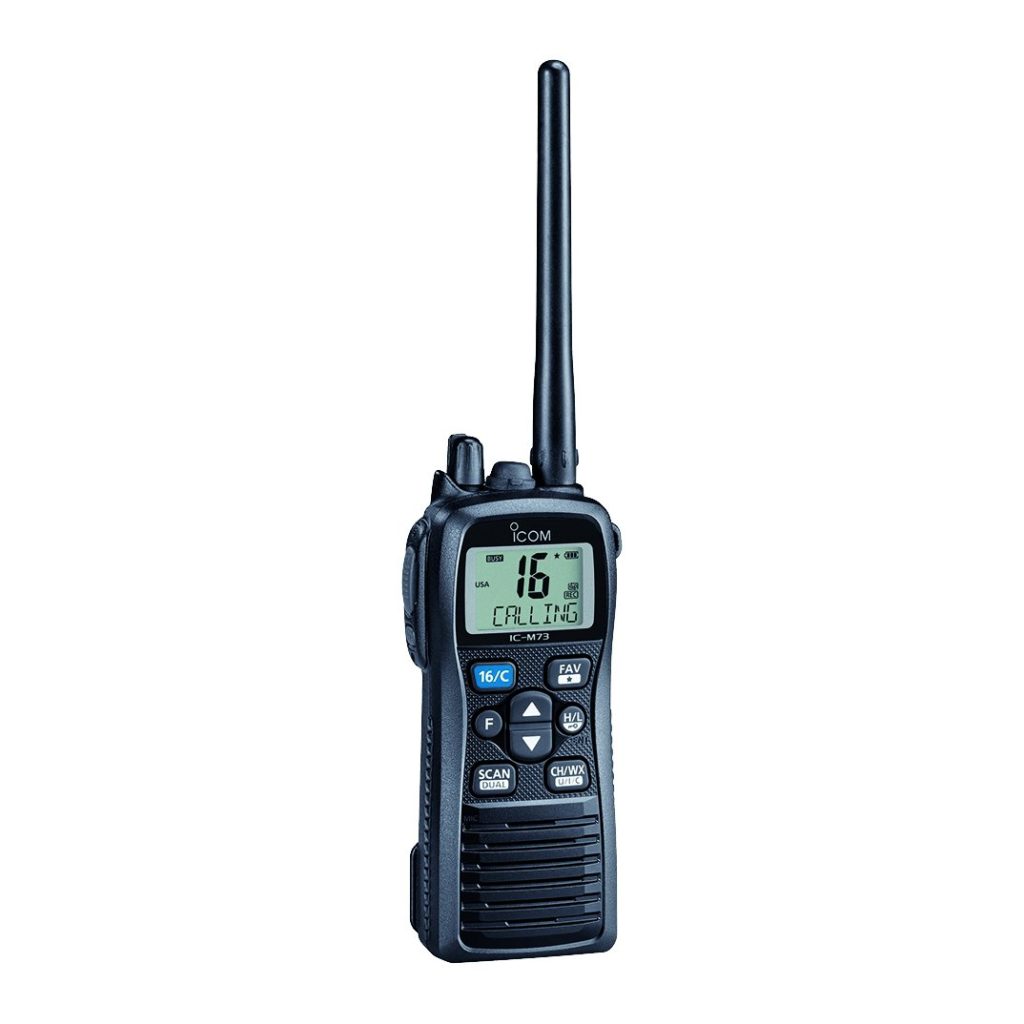
A handheld VHF will likely most often be used in daylight so make sure the screen and backlight are up to the task. Screen size and backlight intensity will make a big difference in how easily you can see the display. So, too, will glare or reflection off both the screen and LCD panel.
As to battery life, when considering multiple radios compare standby time (when the radio is idle) to transmission time (the time when you are actually talking).
Ability To Double As A Search-and-Rescue Tool

Consider radios that feature AIS, GPS, GNSS and/or WAAS positioning and plotting capabilities along with Digital Selective Calling (DSC) capability. Then register for a Maritime Mobile Service Identity (MMSI) number and have your radio double as a search-and-rescue tool, transmitting a distress call with just the touch of a button.

